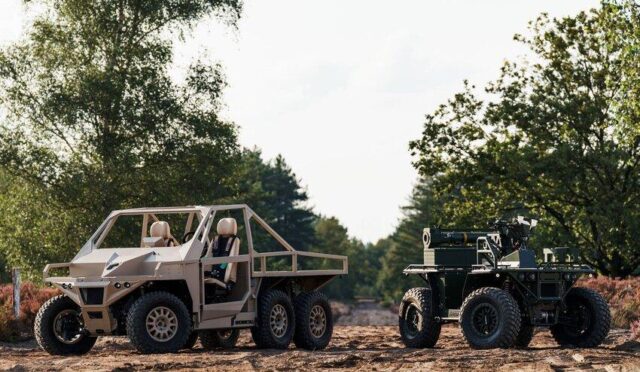British Army Drones Strategy: A Revolutionary Shift in Warfare
The British Army is poised to revolutionize its military strategy by reducing its reliance on conventional assets in favor of drones and autonomous systems. According to a report by The Times, this transformative approach marks a significant departure from traditional combat methods, aiming to leverage advanced technology to enhance battlefield effectiveness.
Dubbed the “20-40-40” strategy, the plan outlines a systematic deployment of unmanned systems to engage adversaries while minimizing risks to personnel. Specifically, 20% of heavy assets—like the latest Challenger 3 tanks—will operate from secure distances, while an initial offensive employing 40% of drones and munitions will be executed against enemy forces. The remaining 40% will focus on utilizing reusable systems, such as surveillance drones, to improve battlefield awareness and ensure precision targeting.
Lessons from Ukraine: Driving Change in Military Tactics
In shaping this new strategy, the UK has drawn vital insights from the ongoing conflict in Ukraine. Ukraine’s impressive capabilities in drone production and its adept use of jamming tactics have highlighted the effectiveness of unmanned systems in modern warfare. Conversely, Russia’s employment of affordable Shahed drones to disrupt enemy infrastructure further emphasizes the need for innovative approaches to combat.
This strategic shift aims to address various challenges faced by the British Army, including recruitment hurdles and concerns about outdated military training. By increasing reliance on drones and autonomous systems, the military hopes to enhance flexibility and responsiveness, crucial factors in readiness for potential large-scale warfare.
Aligning with NATO: A Unified Response to Evolving Threats
As the UK aligns itself with Ukraine, it is also collaborating closely with NATO allies, particularly the United States. This collective effort reflects a broader reassessment of military tactics in response to the evolving threats posed by unmanned vehicles in combat. The goal is to develop frameworks that ensure effective operational responses while maintaining troop safety.
NATO forces are currently evaluating similar strategies that involve deploying drones for preliminary operations to secure paths before concealing armored units from aerial threats. This approach not only aims to protect personnel but also seeks to mitigate the financial impact associated with losing both troops and equipment to enemy drones.







